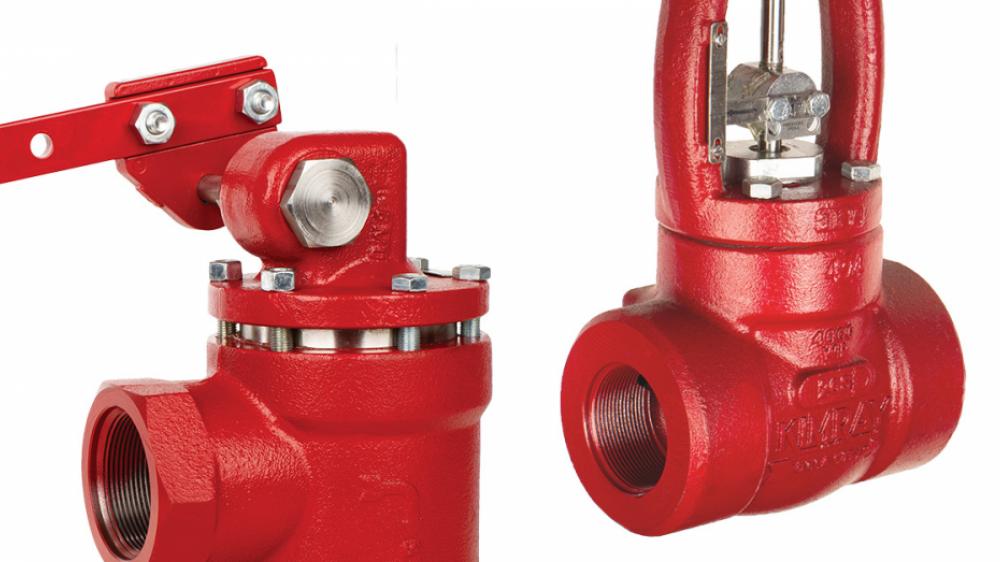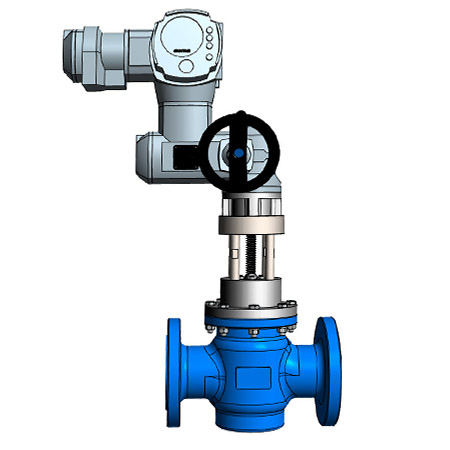The Duty of Control Valves in Fluid Circulation Administration Systems
The Duty of Control Valves in Fluid Circulation Administration Systems
Blog Article

Maximize Power Savings and Comfort With Advanced Structure Automation Controls
In the realm of modern-day design and center management, the combination of innovative structure automation controls stands as a crucial improvement. The convergence of modern technology and sustainability has actually birthed a new era where power effectiveness, comfort optimization, and operational streamlining are no more obtainable realities yet far-off aspirations. By harnessing the power of automation, structures can adapt, react, and progress in methods that were once unimaginable. The possibility for considerable energy savings and boosted convenience is not simply an assurance but a possibility waiting to be fulfilled. This standard change in building management holds the vital to opening a globe where ecological conscientiousness and resident wellness harmoniously exist side-by-side within the walls of our frameworks.
Energy Effectiveness Perks
Power effectiveness advantages can significantly minimize power consumption and operational expenses in structures. By executing energy-efficient practices and technologies, building owners and operators can accomplish considerable financial savings while additionally adding to environmental sustainability. One of the primary advantages of enhancing power effectiveness in structures is the reduction of utility bills. Energy-efficient systems, such as sophisticated structure automation controls, can maximize using resources like cooling, heating, and illumination, bring about reduced energy expenses gradually.
Additionally, enhanced energy performance can extend the lifespan of building devices and systems. By operating a lot more successfully, heating and cooling systems, lighting fixture, and other building parts experience less damage, causing reduced upkeep and substitute costs. In addition, energy-efficient buildings often regulate greater building worths and rental rates, providing long-lasting financial benefits to owners.
Additionally, power performance can boost owner comfort and productivity. Appropriately controlled interior environments with optimum lighting and thermal problems produce an even more pleasurable and helpful workspace, causing enhanced employee fulfillment and performance. In general, the energy efficiency advantages connected with innovative building automation controls are multifaceted, encompassing expense financial savings, environmental stewardship, and passenger health.
Enhanced Comfort Control
Enhancing comfort control in structure atmospheres requires an innovative combination of innovative automation systems for optimum resident wellness. By making use of innovative building automation controls, centers can tailor the indoor setting to meet the specific requirements and choices of residents. These systems allow exact guideline of air flow, temperature level, and lights, creating a efficient and comfy environment. Resident fulfillment and performance are very closely linked to thermal convenience, making it necessary to have systems in position that can adjust to changing conditions in real-time.
Boosted comfort control surpasses standard temperature level changes. It includes functions such as tailored setups, tenancy sensing units, and natural light use to develop a receptive and dynamic setting. By incorporating these sophisticated controls, buildings can not just enhance convenience however additionally improve energy effectiveness by maximizing system operations based upon actual tenancy and usage patterns. Inevitably, focusing on owner comfort through sophisticated automation systems try this website brings about a more enjoyable and healthier interior atmosphere.
Operational Efficiency Improvements

Additionally, the implementation of real-time tracking and analytics devices enables building drivers to identify energy inadequacies and operational abnormalities promptly. By continually keeping an eye on power usage patterns and system performance metrics, changes can be made in real-time to enhance energy consumption and ensure peak functional performance. control valves. In addition, integrating demand action methods into structure automation controls can even more enhance functional performance by dynamically changing power usage based on grid conditions and rates signals
Indoor Environment Optimization
Reliable interior climate optimization is a fundamental aspect of building automation controls, making sure owners' convenience and well-being while making the most of power cost savings. By making use of innovative sensing units and controls, constructing automation systems can continually adjust and monitor temperature, humidity degrees, air top quality, and air flow to develop an optimal indoor environment. Maintaining consistent and comfortable problems not just boosts owner satisfaction however additionally boosts productivity and general wellness.
Interior climate optimization likewise plays a vital duty in power effectiveness. By fine-tuning air conditioning, air flow, and heating systems based upon real-time data and occupancy patterns, developing automation controls can substantially decrease power consumption - control valves. Executing approaches such as demand-controlled air flow and thermal zoning can help lessen energy waste while making certain that each area of the structure gets the essential conditioning.

Sustainable Environment Development
Structure automation regulates not only enhance interior climate conditions for energy efficiency and owner convenience however likewise lay the foundation for creating a lasting atmosphere with tactical management of sources and systems. By incorporating advanced structure automation modern technologies, such as sensing units, actuators, and intelligent software application, facilities can adjust and monitor energy use in real-time to decrease waste and reduce their carbon impact. These systems make it possible for anticipating maintenance, determining prospective problems before they intensify and enhancing devices efficiency to enhance durability and efficiency.
In addition, lasting environment production prolongs past energy monitoring to include water conservation, waste decrease, and indoor air high quality improvement. Structure automation controls can control water use, identify leakages, and guarantee proper garbage disposal practices, adding to overall sustainability initiatives. Additionally, by checking and managing air flow and visit this web-site filtering systems, these modern technologies improve resident health and productivity while lowering energy consumption linked with cooling and heating operations.
Verdict
Finally, advanced structure automation regulates offer significant advantages in terms of power cost savings, convenience control, operational performance, interior environment optimization, and producing a sustainable atmosphere. By applying these controls, structures can attain ideal efficiency while reducing power intake and improving passenger convenience. It is noticeable that using sophisticated automation innovation is vital in boosting structure performance and creating a more sustainable future.
Energy efficiency advantages can considerably lower power usage and operational expenses in structures. Generally, the energy efficiency benefits connected with innovative structure automation controls are diverse, incorporating expense savings, environmental stewardship, and occupant health.
Additionally, including need action strategies into structure automation controls can additionally improve functional performance by dynamically changing energy usage based on grid problems and pricing signals.
Structure automation controls not just maximize indoor climate problems for energy efficiency and occupant convenience yet likewise lay the foundation for producing a sustainable atmosphere via tactical management of systems and resources.In final thought, advanced building automation manages deal substantial advantages in terms of energy financial savings, convenience control, functional effectiveness, interior environment optimization, and creating a sustainable environment.
Report this page